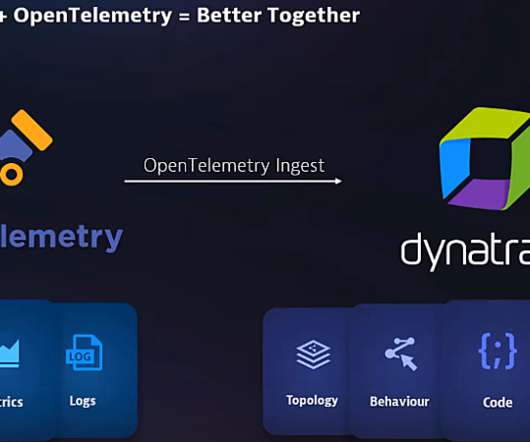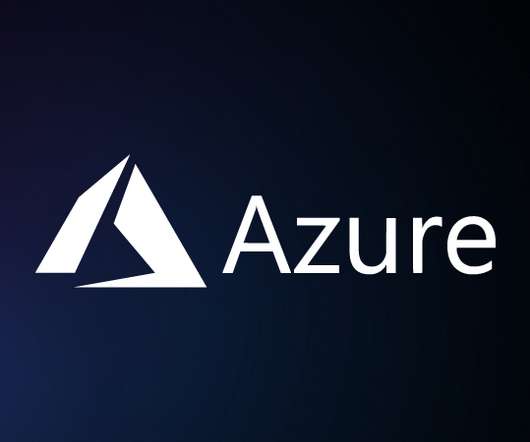What is infrastructure monitoring and why is it mission-critical in the new normal?
Dynatrace
NOVEMBER 2, 2020
IT infrastructure is the heart of your digital business and connects every area – physical and virtual servers, storage, databases, networks, cloud services. End-to-end coverage for hybrid cloud: Comprehensive support for multi-cloud, third-party integrations including public cloud, on-prem virtualization, mainframes, database vendors, etc.












Let's personalize your content